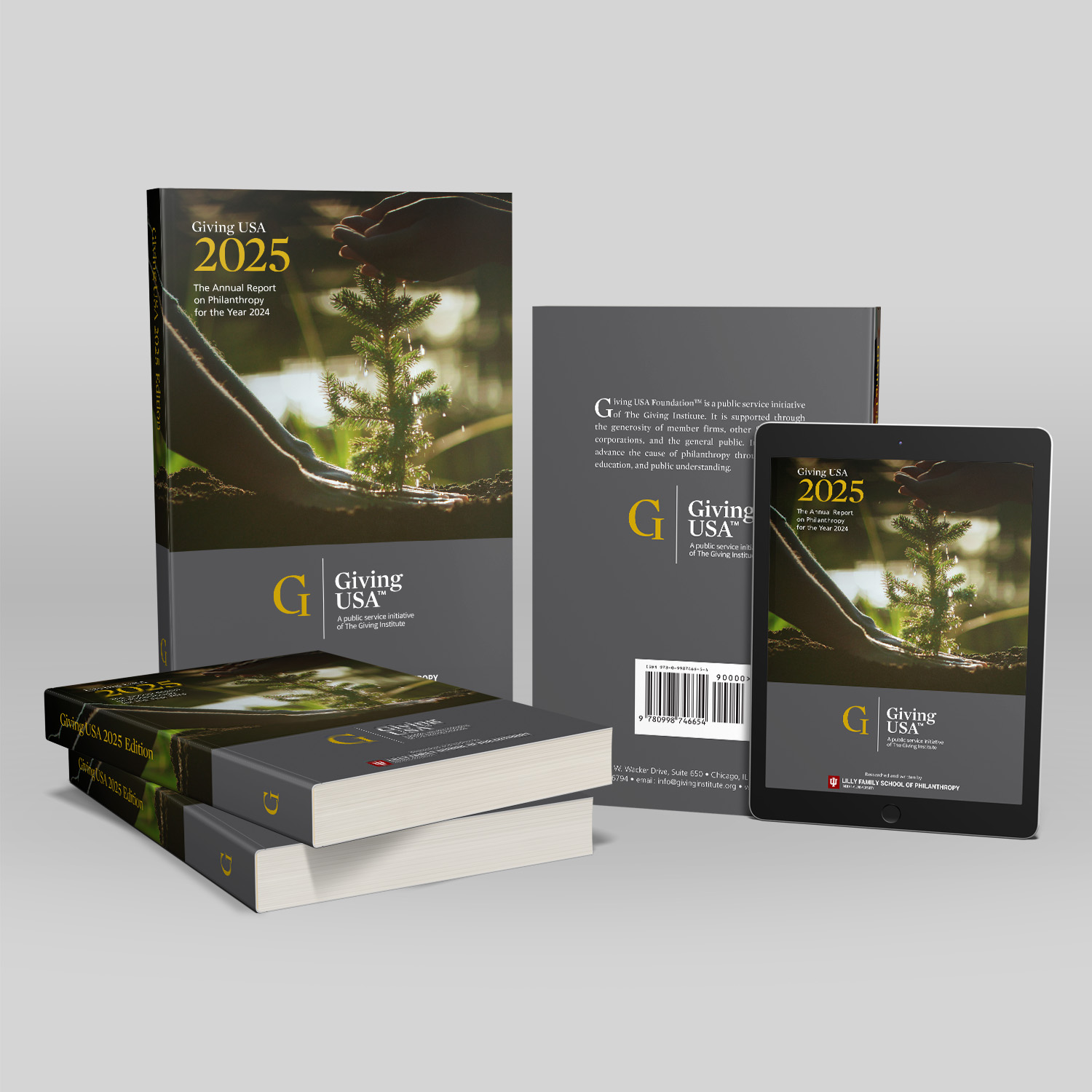 By Lisa Wolf, Vice President of Consulting Westfall Gold
By Lisa Wolf, Vice President of Consulting Westfall Gold
Now, more than ever, it is critical for nonprofits to have a strong major donor base. Organizations that have effectively engaged major donors have found they have been a lifeline during the COVID-19 crisis.
Earlier this year, Westfall Gold held a webinar with philanthropists to ask them their insights about giving during periods of uncertainty. An important initial point made was that major donors would continue to give and potentially increase their giving. Donors like Andrew Covington have proved that to be the case throughout this year.
“Like the others, we are not changing our strategy at all when it comes to what our commitment already is. We are partners—we believe the word is “partner”—with two or three organizations, very heavily, and we love hearing from them.” — Andrew Covington, Chief of Staff at Ashley Furniture
We have seen evidence of this at our major donor experiences this year, where average giving per family increased 29%. Data from the Fundraising Effectiveness Project shows smaller increases, but all categories of giving are up including from major donors.
Knowing that major donors are willing to give, our conversation leads to three critical ways to not only engage donors, but ultimately make them transformational givers.
Key Point #1: Personal Communication
“I believe that more communication is better at this time, so it’s not a good time to isolate yourself or pull back from the organization. In fact, I’m trying to do the opposite, so I’m trying to engage with these organizations that we have a longer-term relationship with. Find out where they’re at, find out what their needs are, what kind of action plan—a lot of times they’re feeling a bit isolated themselves. They could use some help thinking through what’s the next step.” — Jeff Van Drunen, Vice President, Van Drunen Farms
As Jeff shared, major donors want to be involved with the organization, not simply viewed as a source of funds. They believe in the work of the organization and want to be a resource to help the nonprofits they support. Many major donors are experiencing the same upheaval with their businesses and are eager to lend advice. By engaging them in conversations about your challenges, you have the opportunity to strengthen the relationship and deepen the donors understanding of your work.
But remember that communication is not a one-way street. Every conversation or connection should put a deposit in the relational bank you are building with your donor. Understanding your donor’s current circumstances and experiences through this difficult year is equally important.
Key Point #2: Return on Investment
“I really like to get a report on a regular basis back from the charity on what really is the return on investment. I want to be a good steward, and I want to understand and be in partnership with them on this return on investment. The better the communication that can be given to me on how effective this stewardship I’m trying to express as far as a return goes—that’s going to be very motivating to me.” — Robert C. Doll, Senior Portfolio Manager & Chief Equity Strategist, Nuveen
Thanking donors and reporting back on the impact their gifts are making is a critical piece of major donor cultivation regardless of the environment we are in. Now more than ever, donors need to hear from you. They want to know how effective your organization has been during this period of uncertainly and, most importantly, what kind of impact their gifts have on the people you serve. By helping them see the impact of their giving, they will feel inspired and encouraged to continue their partnership with you.
Key Point #3: Partnership
“We want a real relationship and it’s times like these that really test relationships, and if you have an authentic relationship, you can have an honest, transparent conversation. We want to know what’s going on in these organizations. We don’t want people jockeying to get to the front of the line. We know that is happening and human nature dictates and predisposes us at times to that type of activity and behavior, [but] we really want partnership.” – Todd Peterson, Retired NFL player, director of numerous private companies and nonprofits
The point Todd makes can’t be stressed enough. Your donors want to feel like a partner with you in the work your organization does. By seeing and valuing the donor as a trusted partner, you are able to accomplish much more together. Andrew Covington of Ashley Furniture shared, “You can take somebody who is really planted in the organization as a major donor and say, ‘Can you head this up? Can you offer the matching gift? Can you push and get 10 more people to donate and expand it a little bit?'”
These kind of strong partnerships with your donors will ultimately result in them becoming ambassadors for the organization.
The Result: Transformational Giving
By demonstrating return on investment and partnership, along with personal communication, you will be able to unlock the resources and commitment of a strong major donor community. Maintaining this strategy creates a strong base of support to ensure that you are able to meet and exceed your mission goals in any financial environment.
In our experience, we have seen how this strategy changes giving from transactional to transformational. We have broken this down into three areas that can be applied to your development efforts, where you will see proven results.
Create the Case: Development of a messaging strategy that defines the “ask” in an intellectual, emotional, and transformational story. In the intellectual, you are giving them the return on investment they seek. In the emotional, you are opening up and being personal about your mission. In the demonstration of a transformational story, you are showing them the impact and emotional results of their giving.
Inspire Trust: When all of these strategies are utilized, you develop the key element of trust. This level of transparency allows major donors to feel confident in their decision to invest in your organization.
Build Community: When you engage and partner with major donors, it puts them into a like-minded community of givers. Out of this, they are moved to give and engage with an organization more than ever before. This sense of community goes a step further, creating a larger major donor base and network of support.
Our conversation made it clear: In times of uncertainty, major donors will continue to give and want to be a resource for your organization. The question is, how will you engage them? How will you bring them into your organization? Take advice from the donors we talked to and make sure you are engaging them by communicating authentically, demonstrating how their impact and engagement in partnership with you affects your efforts.


